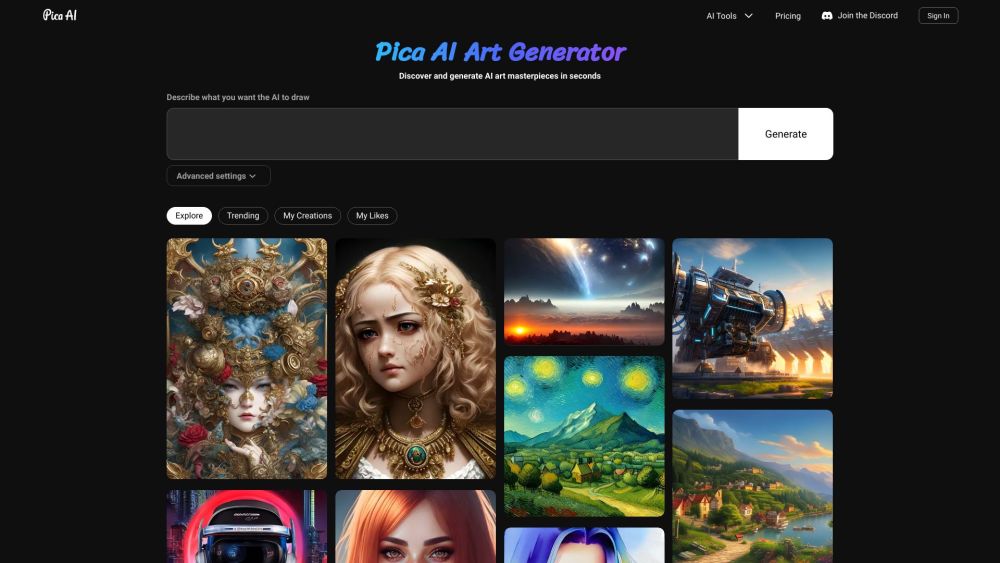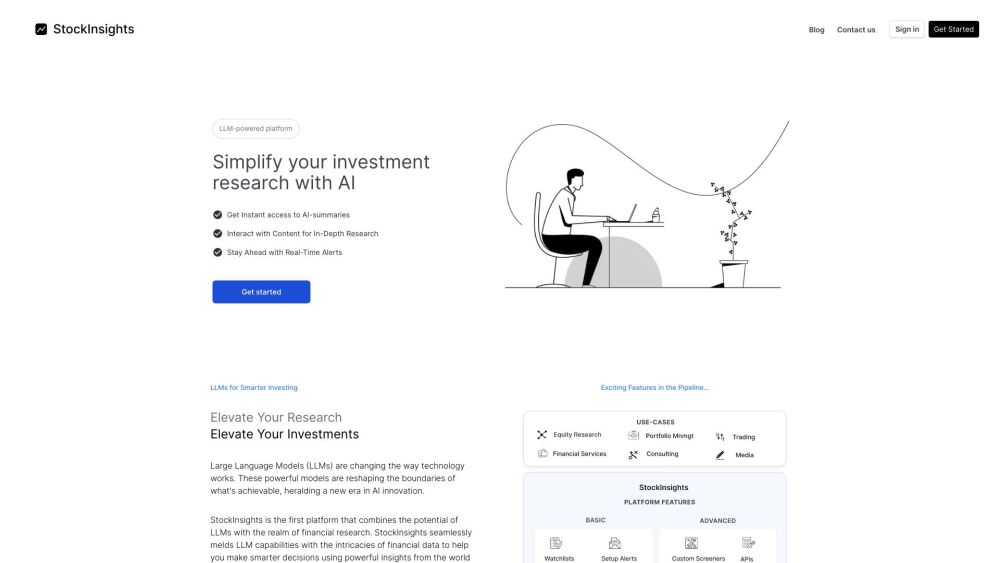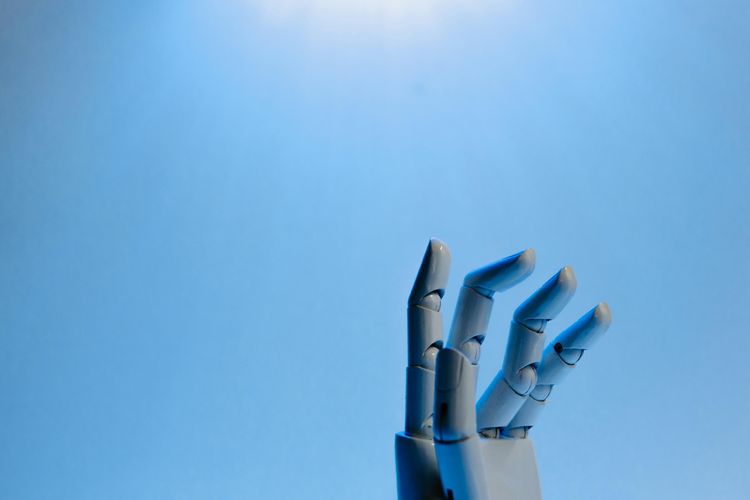As CES 2025 unfolds, Nvidia is making waves with the introduction of a groundbreaking AI model that’s designed to understand and interact with the physical world, alongside a suite of large language models to support future AI-driven agents. CEO Jensen Huang positioned these models as particularly well-suited for applications in robotics and autonomous vehicles. However, there's another class of devices that could potentially see a significant leap forward in functionality thanks to Nvidia’s new technology: smart glasses.
Tech eyewear, such as Meta’s Ray-Ban, has become one of the fastest-growing AI-powered gadgets on the market. According to Counterpoint Research, by November 2024, Meta’s smart glasses had surpassed one million units in shipments. This rapid adoption indicates that these devices are becoming prime candidates for AI assistants—capable of processing both voice and visual input to assist users in real-time, rather than just responding to questions.
While Huang did not directly state that Nvidia would enter the smart glasses market, he offered insight into how the company’s AI models could power the next generation of wearable tech, should partners choose to integrate them.
Cloud Versus On-Device Processing: A Delicate Balance
One of the key points Huang highlighted was the flexibility between cloud and on-device processing. With Nvidia’s Cosmos model, data processing could occur in the cloud, offloading the computational burden from the device. This would be particularly advantageous for compact devices like smartphones, where hardware limitations might otherwise constrain performance. However, should manufacturers opt to build smart glasses capable of running AI models directly on the device—without relying on cloud servers—Nvidia's Cosmos model can be fine-tuned into a more compact, task-specific version, making it suitable for real-time operations.
This distinction underscores an important shift in how AI might be deployed in wearable tech. While cloud-based solutions offer the power to process complex data without overburdening the device, the future of smart glasses may lean more toward localized AI for speed, privacy, and independence from external networks. This could ultimately shape how smart eyewear integrates into our daily lives, particularly for applications that require immediate, real-time responses.
Cosmos: More Than Just AI for Autonomous Vehicles
The new Cosmos model is engineered to gather detailed data from the physical world, using it to train AI systems for advanced robotics and self-driving cars. Essentially, it operates much like large language models (LLMs) do with text: it learns patterns and behaviors to generate useful outputs. As Huang remarked during the unveiling, "The ChatGPT moment for robotics is just around the corner," hinting at the transformative potential of AI models in industries far beyond just conversational agents.
What’s truly compelling, however, is how this approach could extend to smart glasses. The ability to process and interpret the world in real-time via AI-powered models could open up new avenues for interaction. Imagine AI assistants in smart eyewear capable of not just answering questions, but offering contextual advice based on what the user sees—helping with navigation, identifying objects, or even translating foreign languages instantly. This convergence of AI, augmented reality, and wearable tech could significantly enhance the user experience.
Llama Nemotron and the Future of AI Agents
In addition to Cosmos, Nvidia introduced a new suite of models, called Llama Nemotron, based on Meta’s Llama technology. These models are designed to accelerate the development of AI agents capable of interacting with the real world in a more intelligent, adaptive manner. If integrated into smart glasses, these agents could provide a more seamless and intuitive experience, allowing for sophisticated tasks like real-time environment scanning or intelligent assistance.
While Nvidia has not confirmed whether it is working on smart glasses itself, recent patent filings have sparked speculation. This, combined with Huang’s remarks, seems to suggest that Nvidia’s AI ecosystem is increasingly poised to support the growing smart eyewear market.
The Broader Picture: The Future of Smart Glasses in an AI-Driven World
This conversation comes at a pivotal moment. Google, Samsung, and Qualcomm have all revealed plans for a new mixed-reality platform called Android XR, highlighting a growing interest in enhancing wearable tech with powerful AI tools. As Nvidia’s new models evolve, smart glasses could transition from simple communication tools to fully-fledged AI assistants that augment our perception of the world around us.
The potential impact on daily life could be profound. As AI continues to refine its ability to understand and react to real-world inputs, devices like smart glasses could become a central hub for personal productivity, entertainment, and even safety. However, this also raises questions about privacy, data security, and how much we want AI integrated into our day-to-day existence.
Ultimately, while Nvidia hasn’t yet committed to creating its own smart glasses, its innovations could very well shape the next wave of wearable technology. Smart glasses, once considered a novelty, might soon become indispensable, powered by AI models that not only see the world but understand it too.







